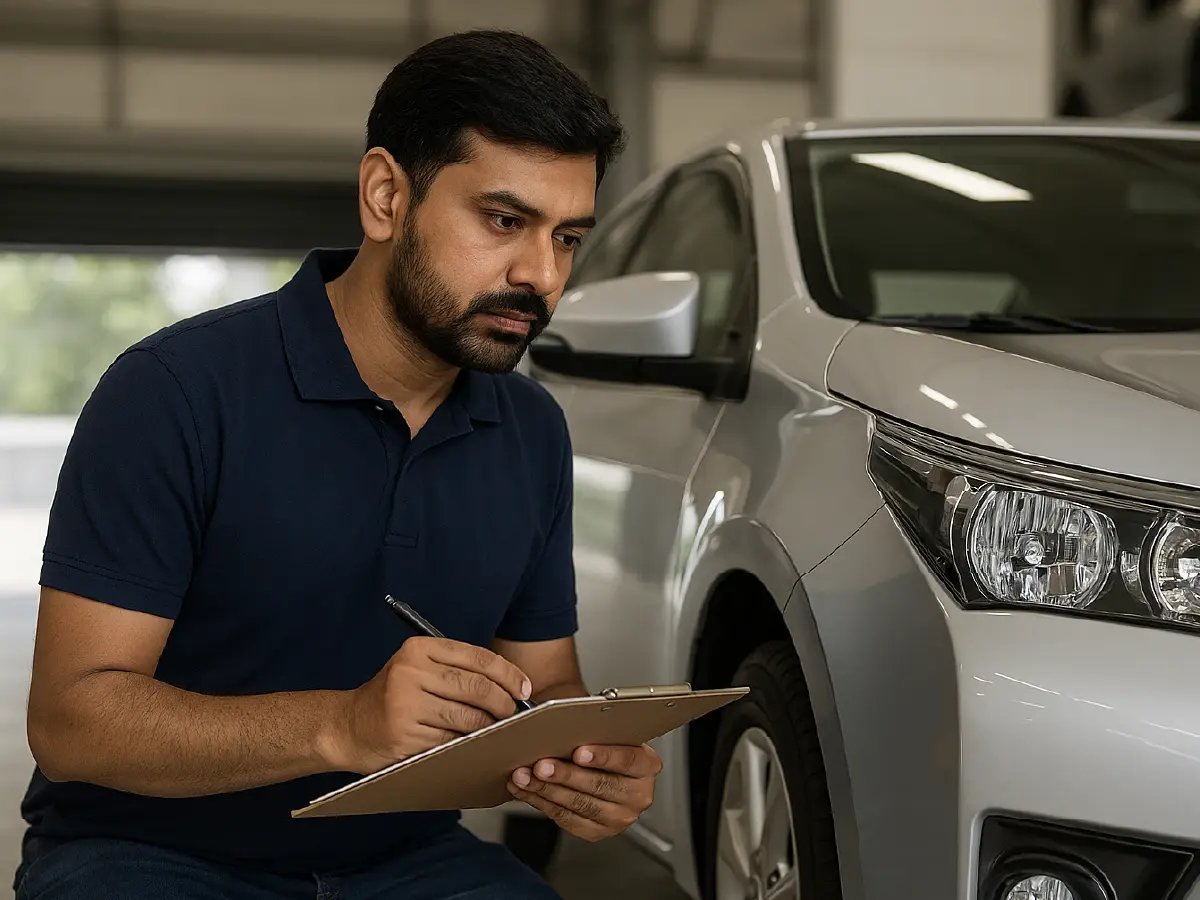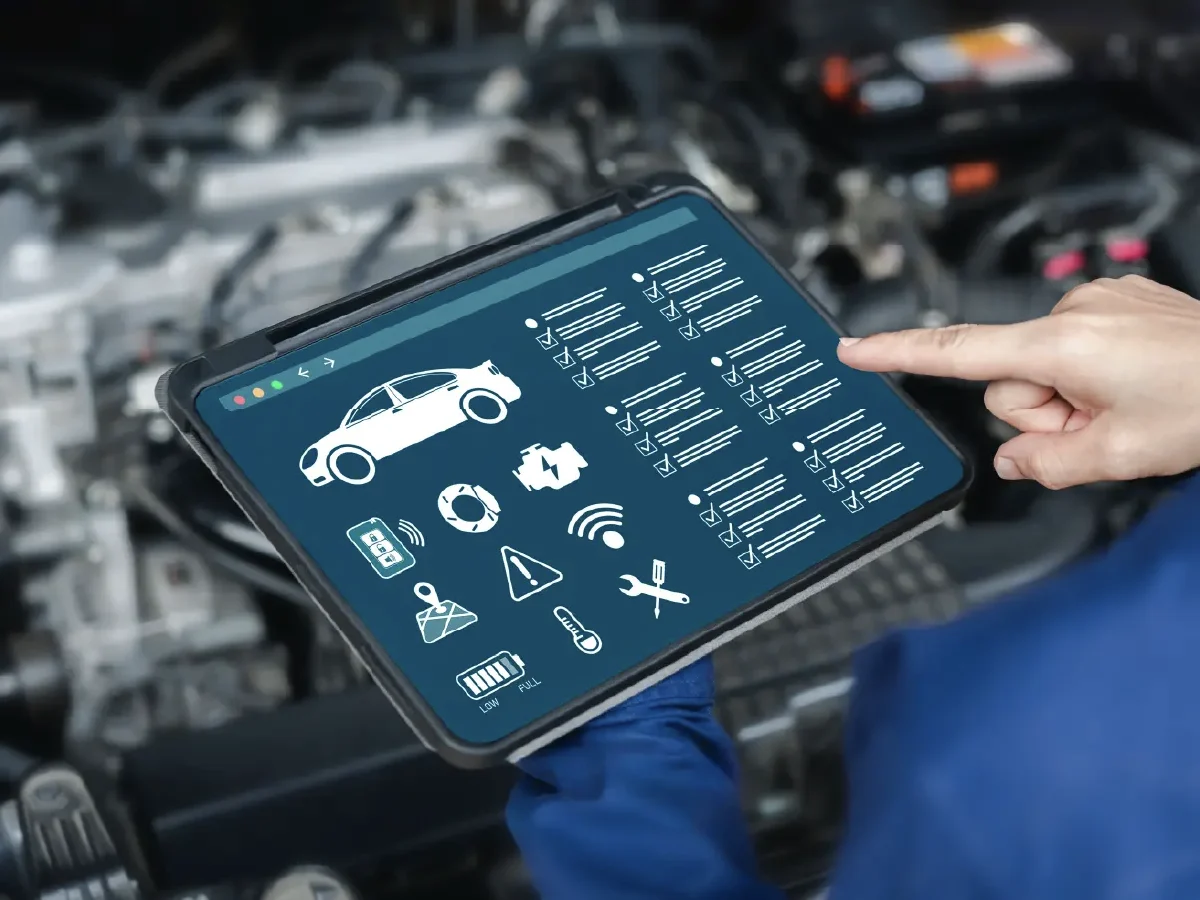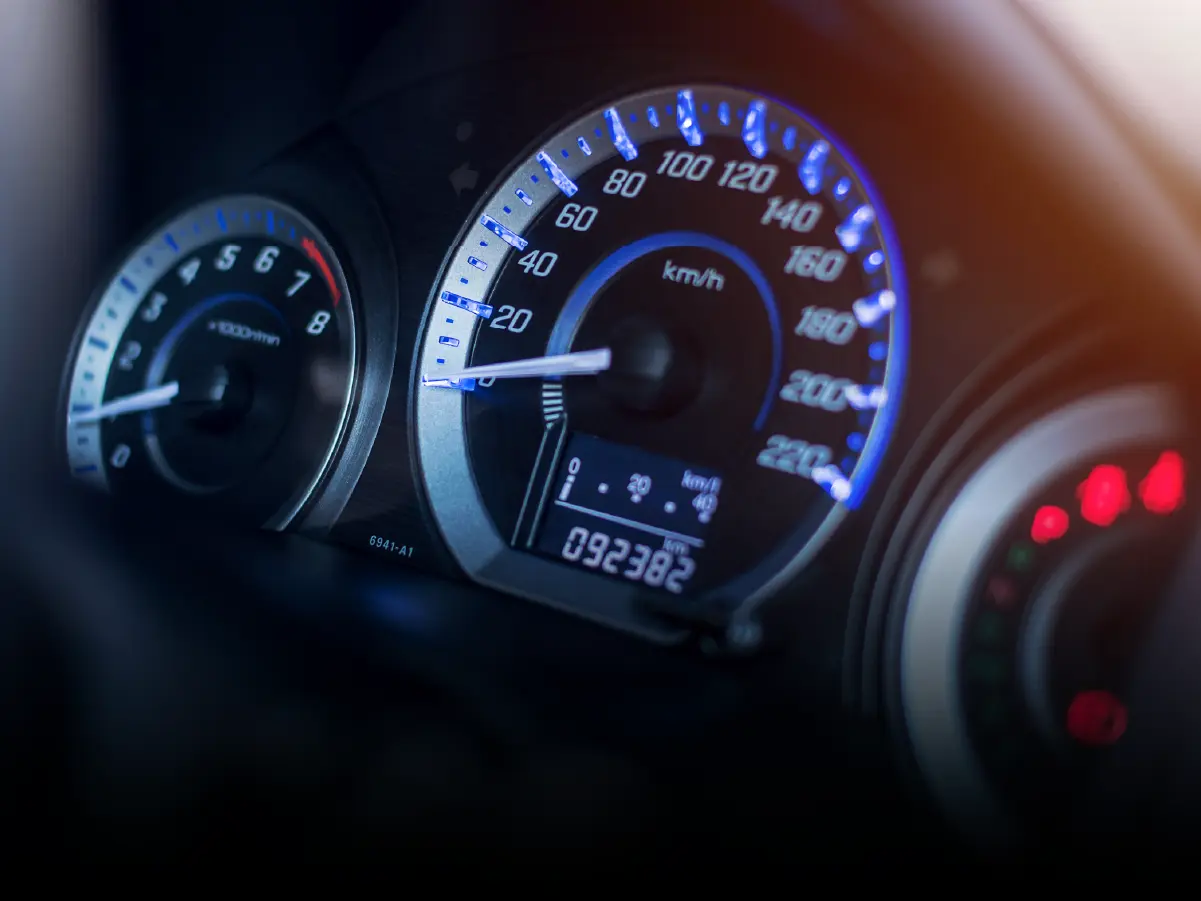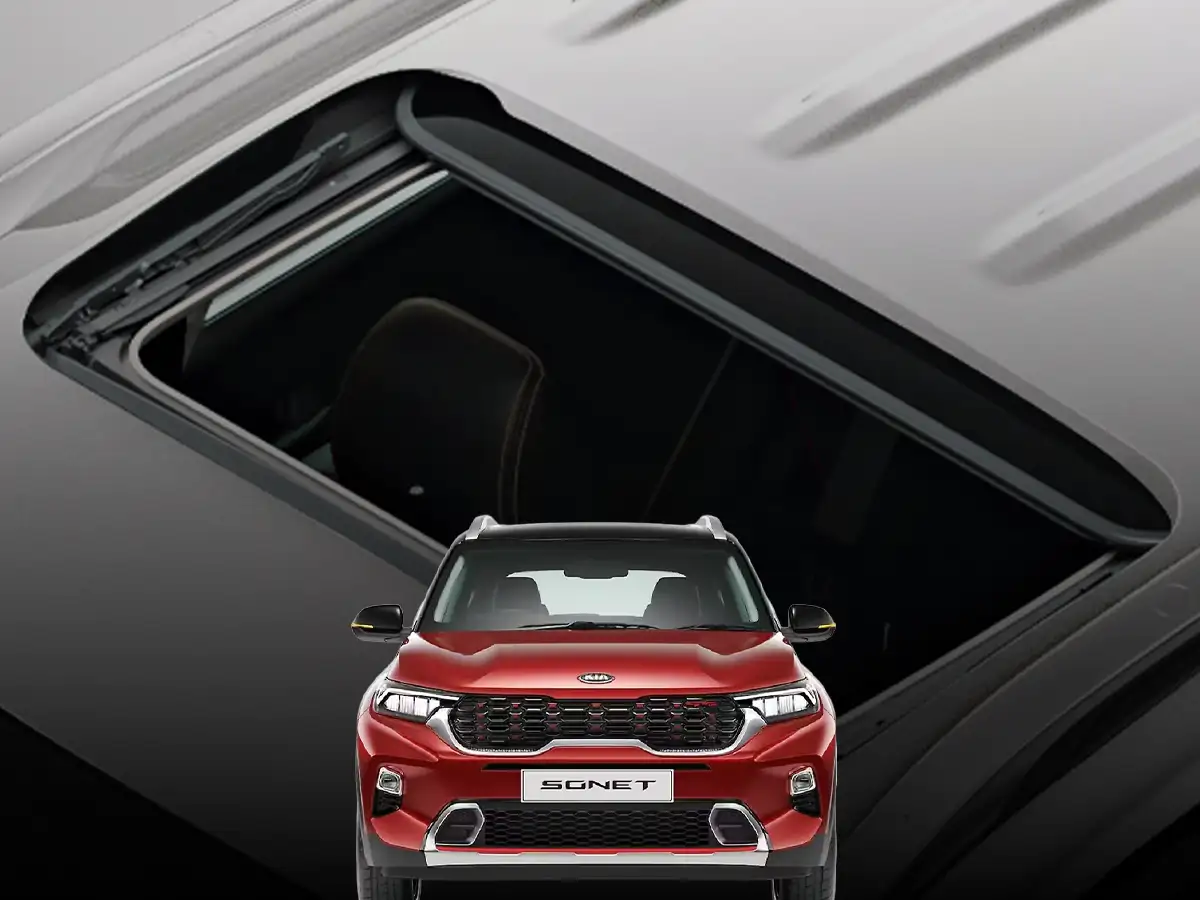

Visual Inspection vs Diagnostic Scanning in PDI: What Really Sets Them Apart
- 1Visual checks can't detect hidden sensor errors or ECU fault codes
- 2A diagnostic scan reveals the real-time health of key car systems
- 3Professional PDIs decode issues that even experienced buyers miss
When you're buying a used car, the excitement of finding “the one” can sometimes play with your emotions. It looks good, the test drive feels fine, and the price seems fair, so you think, “What could go wrong?” A lot, actually. That’s why a proper Pre-Delivery Inspection (PDI) is so crucial, especially when it goes beyond just a visual once-over.
Let’s break down the difference between a simple visual inspection and a thorough professional diagnostic scan, and why it could save you from big trouble later.
Visual Checks are Good for First Impressions

At a glance, a car might seem perfectly fine. No dents, no scratches, interiors look clean, tyres have decent tread, and the lights work. That’s essentially what a visual check covers. It’s like judging a book by its cover; it helps, but it’s never the whole story.
Here’s what a visual car inspection typically covers:
- Exterior scratches or damage
- Tyre wear and condition
- Fluid levels (engine oil, coolant, brake fluid)
- Headlights, brake lights, indicators
- Upholstery and dashboard condition
- AC cooling and basic electrical functions
Sure, it’s a good start. But what about what’s happening beneath the bonnet, or inside the car’s brain?
Enter the Diagnostic Scan: Your Car’s Health Report

Modern cars are filled with electronic components and sensors. They might not show you an issue on the surface, but a diagnostic scanner will tell the full truth. A proper diagnostic scan is like running a medical test on the car. It plugs into the car’s onboard computer (ECU) and checks every major system.
What does a diagnostic scan catch that visual inspections might miss?
- Hidden error codes: Even if the dashboard isn’t showing a warning light, there could be stored error codes pointing to recent or intermittent issues, like misfires, faulty sensors, or low battery voltage
- Airbag faults: Some older cars may have disabled airbags without any visible clue. Scans can detect if they’ve been deactivated or removed
- ABS and traction control errors: Faults in these systems won’t always be obvious during a test drive, but could compromise your safety
- Battery and alternator health: Visual checks might say the battery looks clean, but only a scan can tell if it's charging properly
- Odometer tampering: Scans can sometimes detect if the odometer reading doesn’t match service logs or sensor wear data
Why Diagnostic Scan Matters When Buying A Used Car
Used cars come with a history. Some of it is visible, but much of it is buried deep inside the car’s systems. A seller might not even know something’s wrong if they haven’t run a scan themselves. And if you're buying from an individual or small dealer, chances are, no scan has been done. By combining both methods, visual and diagnostic, you get the full picture:
- The visual check helps you understand the surface condition
- The diagnostic scan gives insight into mechanical and electronic health
This combination is your best defence against future issues in your car.
How Professional Services Make A Difference
Many professional PDI providers now include diagnostic scans as a standard part of their checklist. Some even offer a remote option, where a technician comes to your home and scans the vehicle on the spot. These services often include:
- Full-body check + underbody inspection
- OBD scanner reports
- Tyre and brake pad wear check
- Service history validation
- Report summary in simple terms, so you can understand it without needing to be a mechanic
And the best part? These inspections are done by trained eyes with experience across hundreds of vehicles. They’ll catch things even an enthusiastic DIYer might miss.
Final Thoughts
If you're serious about buying a used car, don’t stop at what you can see. A clean exterior doesn’t mean a clean bill of health. Let the professionals dig deeper. A diagnostic scan during PDI may feel like an extra step, but it’s a small effort that could save you a lot of money and stress down the road.
Because when it comes to cars, it’s not just what you see that counts. It’s what’s running behind the scenes that really drives the experience.
Frequently Asked Questions
Expand all



























